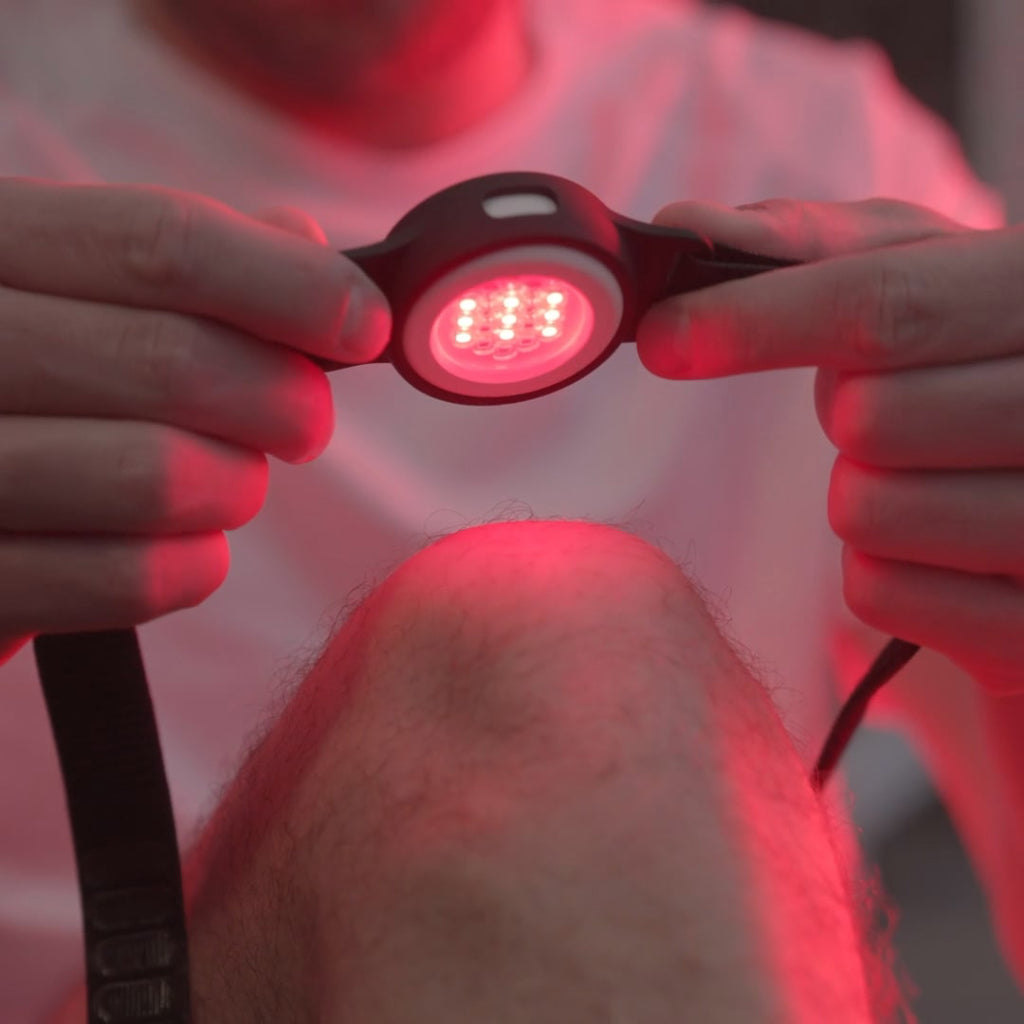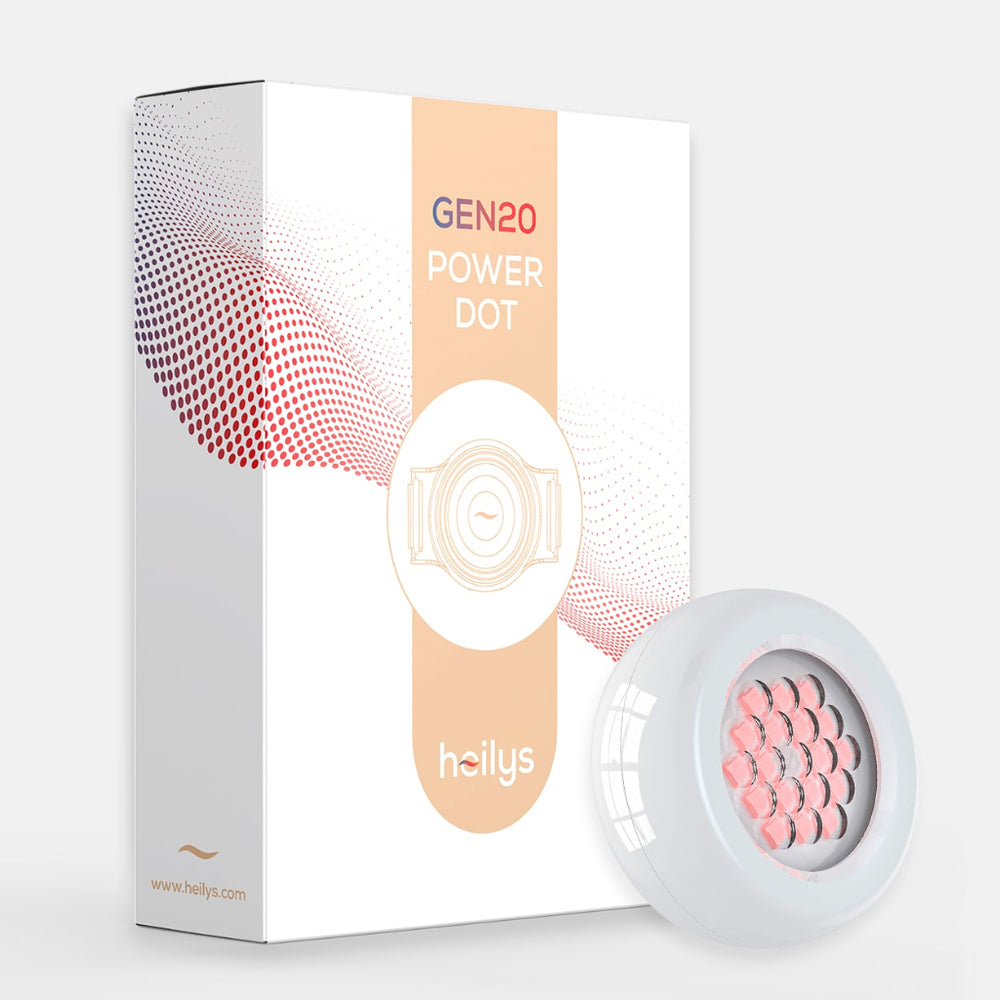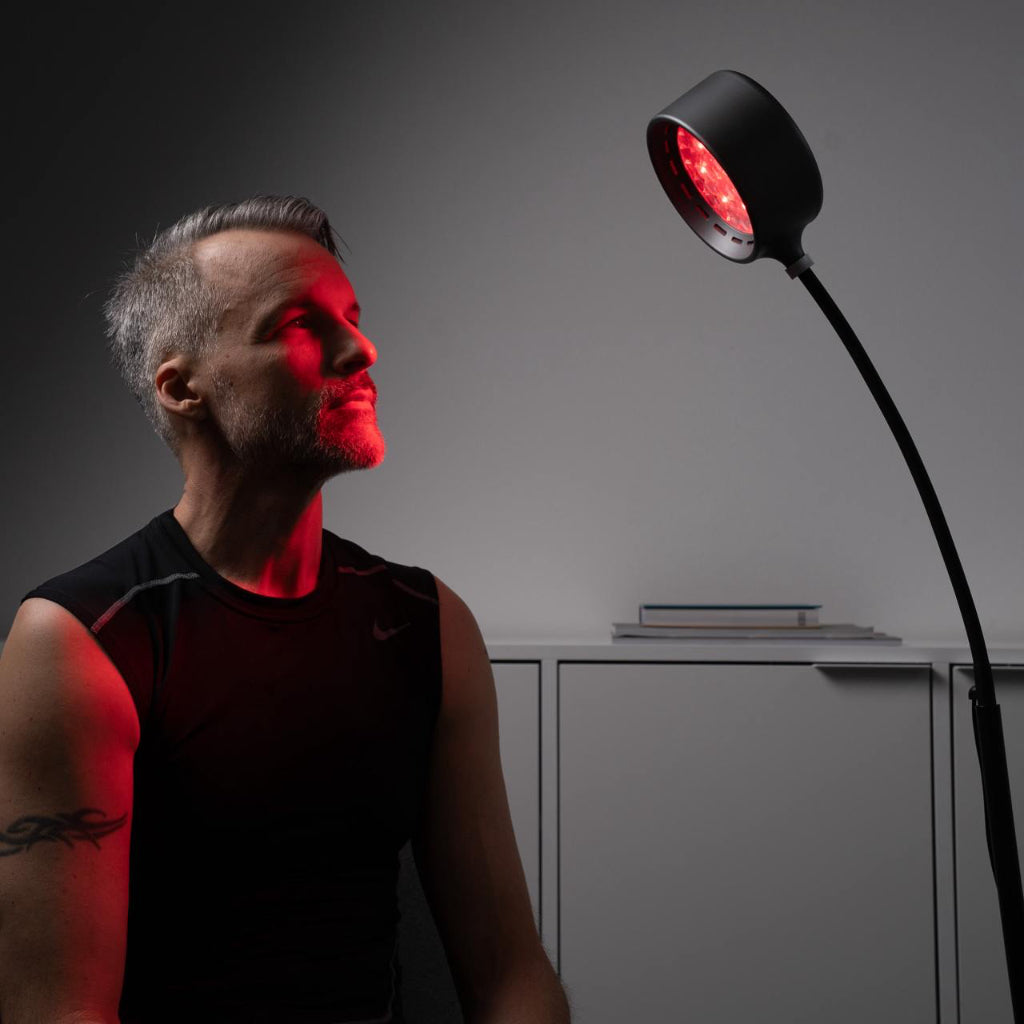Targeted Red Light Therapy: Specific treatments for specific needs
Targeted red light therapy represents an innovative solution to address specific health challenges with tailored light applications. Through the precise application of light wavelengths that vary between red light (630-660 nm) and near-infrared (810-880 nm), this form of therapy is able to reach and positively influence both superficial skin layers and deeper tissue structures.
Deep insight into the mechanisms of action:
-
Red light (630-660 nm): This wavelength is ideal for superficial treatments. It promotes collagen production, which is essential for skin rejuvenation, and supports the healing of superficial wounds. This type of light is also effective in treating skin conditions such as acne and promotes the reduction of scarring and wrinkles.
-
Near-infrared light (810-880 nm): This deeper penetrating form of light has a positive effect on muscles, joints and internal organs. It supports muscle regeneration, relieves deep tissue pain and is helpful in treating inflammation within the body. Near-infrared light also plays an important role in promoting overall cell health and regeneration.
Areas of application and device selection:
-
Wound healing: The combination of red and near-infrared light can accelerate the healing process of wounds by promoting cell regeneration and reducing inflammation. For this purpose, devices are recommended that allow variable adjustment of the light wavelengths and can cover the size of the wound to be treated.
-
Hair growth: Specialized devices such as head helmets or caps that emit red light in the 630-670 nm range can stimulate hair growth. This wavelength stimulates hair follicles and can lead to improved hair density and health when used regularly.
-
Anti-inflammatory and pain relief: The targeted use of near-infrared light can reduce deeper inflammation and thereby contribute to pain relief. This is particularly relevant for people with chronic pain conditions or specific muscle and joint problems.
Effectiveness and safety:
The effectiveness of red light therapy has been confirmed in numerous studies, with safety and correct use being crucial. It is important to choose devices that are tested and certified and to carry out the treatment under the guidance of a professional or according to the manufacturer's instructions.
Conclusion:
Targeted red light therapy offers an advanced solution to a variety of health problems. Through the correct selection and use of the devices, individual health challenges can be addressed effectively and safely, making this form of therapy a valuable component of modern health and wellness programs.










